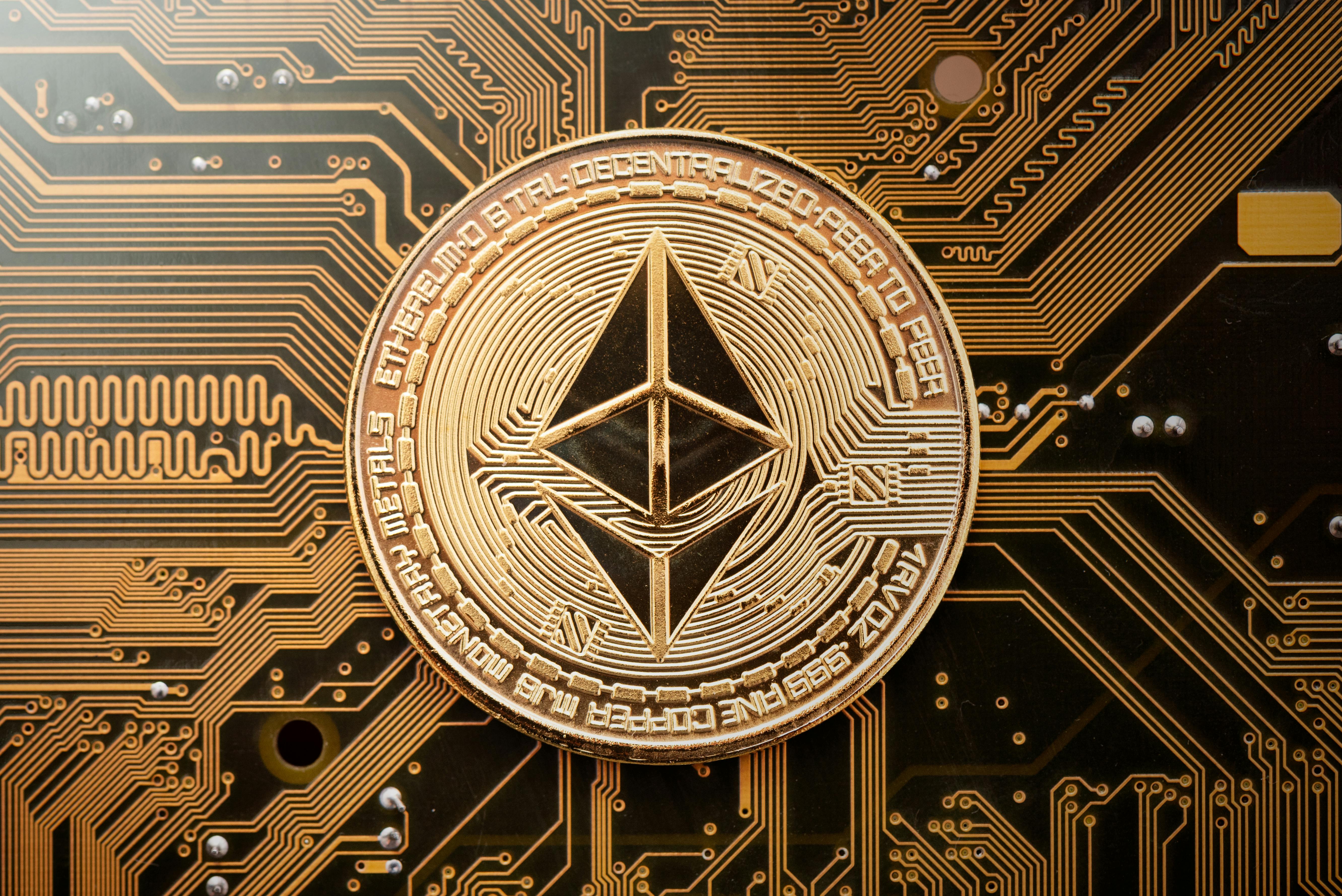Cryptocurrency Explained: Ethereum Gas Fees FAQ
Share
If you’ve made a transaction on the Ethereum blockchain then you might have noticed an extra price tag tacked on called a gas fee. If you are wondering what a gas fee is, you are in the right place as we break down the basics of gas fees and how they are calculated.
Gas Fee Essentials
Gas is the fuel that runs the Ethereum network, measured in units. The minimum amount of gas to process a transaction is 21,000 units.
The price of gas is determined by supply and demand. When the Ethereum network has a lot of activity, gas prices tend to rise.
Gas fees are paid in an ether denomination called gwei, and one gwei is equivalent to one billionth of an ether, or 0.000000001 ETH.
Gas fees are calculated as follows: gas fee = amount of gas x (base fee + priority fee).
What Are Gas Fees?
Gas fees are required to execute a transaction on the Ethereum blockchain network successfully. Specifically, gas is a unit used to measure the computational effort necessary to perform specific actions on the blockchain. It is called gas because, just like cars need gasoline to run, the Ethereum network needs gas to keep operating. Ethereum uses gas to fuel transactions.
Gas considers the computational difficulty, bandwidth, and space needed to calculate the necessary fees to complete each transaction. These fees are what incentivize Ethereum miners to put forth the required work to maintain the network. Miners use gas to set the minimum price they are willing to accept to process transactions.
By the way,
Gwei is short for gigawei, and a wei is the smallest denomination of ether, equivalent to one trillionth of an ETH. It’s named after Wei Dai, a computer scientist and pioneer in the digital currency industry.
How Are Gas Fees Calculated?
Any operation executed on Ethereum consumes gas. The gas model is based on an auction system where users can outbid other users to complete their transactions faster. This is sometimes called a priority fee or a tip. Miners are incentivized to select transactions with the highest gas fees first as those are the most profitable.
Gas fees are determined by several factors, including the current price of ETH, the complexity of the transaction, and the number of people transacting at the time of your transaction.
Gas is measured in gwei. One gwei is one-billionth of an Ether or 0.000000001 ETH. So, if something costs 0.000000001 ETH, you can say it costs 1 gwei.
The minimum amount of gas required to process a transaction is 21,000 units. To calculate your gas fee, you must multiply the amount of gas units needed to process the transaction by the sum of the base fee and the priority fee.
Side note: the base fee is determined by the Ethereum protocol using many factors; the priority fee is chosen by the user to get their transaction processed faster. Most wallets that support ETH and Ethereum-based tokens will allow you to select the speed of your transaction and calculate the required amount of gwei necessary to process your request.
The complexity of the transaction will also affect price. An ERC-20 token transaction requires more gas than sending pure ETH, and transferring NFT ownership costs even more.
Gas Fee Calculation Example
So, let’s say a transaction requires 21,000 gas units, and the price of a gas unit on that day is 80 gwei, plus you want to add a 20 gwei tip to get it processed quickly: 21,000*(80+20) = 2,100,000 gwei, which is the equivalent of 0.0021 ETH. If the price of ETH is $2,500, then this transaction would cost $5.25 in gas fees.
You can find the average Gas price on any given day here.
Do other Cryptocurrencies besides Ethereum have Gas Fees?
Gas fees are common in the crypto space. Avalanche (AVAX), Solana (SOL), and Polkadot (DOT) all borrow the gas fee concept to process transactions on their own blockchains – though the fees are paid in their native currencies, not ETH, and the pricing formulas may vary.
Since all operations on the Ethereum blockchain require gas fees, tokens that use the Ethereum network, known as ERC-20 tokens, must also pay for gas. ERC-20 tokens at CoinFlip ATMs include USD Coin, USD Tether, and Pax Gold. So, when you transact with tokens and projects using Ethereum’s infrastructure, you must pay a gas fee in ETH.
When will Gas Fees change?
Like many things in crypto, gas fees are unpredictable. But since the network changed to a proof-of-stake consensus mechanism in September 2022, the average price of gas has been falling. From 2023 to 2024, the price moved between 4 and 7 gwei per gas unit, keeping the gas fees historically low and stable. With new system upgrades coming out every few months to improve network efficiency, gas prices are predicted to remain low and stable into the future. However, a popularity spike, like we saw in the 2021 bull run, could see the prices go back up.
How Does CoinFlip Calculate Gas Fees?
Similar to most popular Ethereum wallets, CoinFlip calculates gas fees for you. We multiply the gas cost with the average gas price and multiply that by the market price of ETH in dollars to charge a flat fee. Our system updates the nearest cryptocurrency ATM every few minutes with the latest median gas price, so you can be sure you are always getting the timeliest prices.
Interested in adding Ethereum to your portfolio? Buy eth with cash at any CoinFlip ATM, with wire transfer through CoinFlip Preferred, or with credit card on our wallet app!
Share

